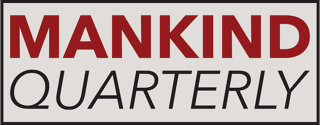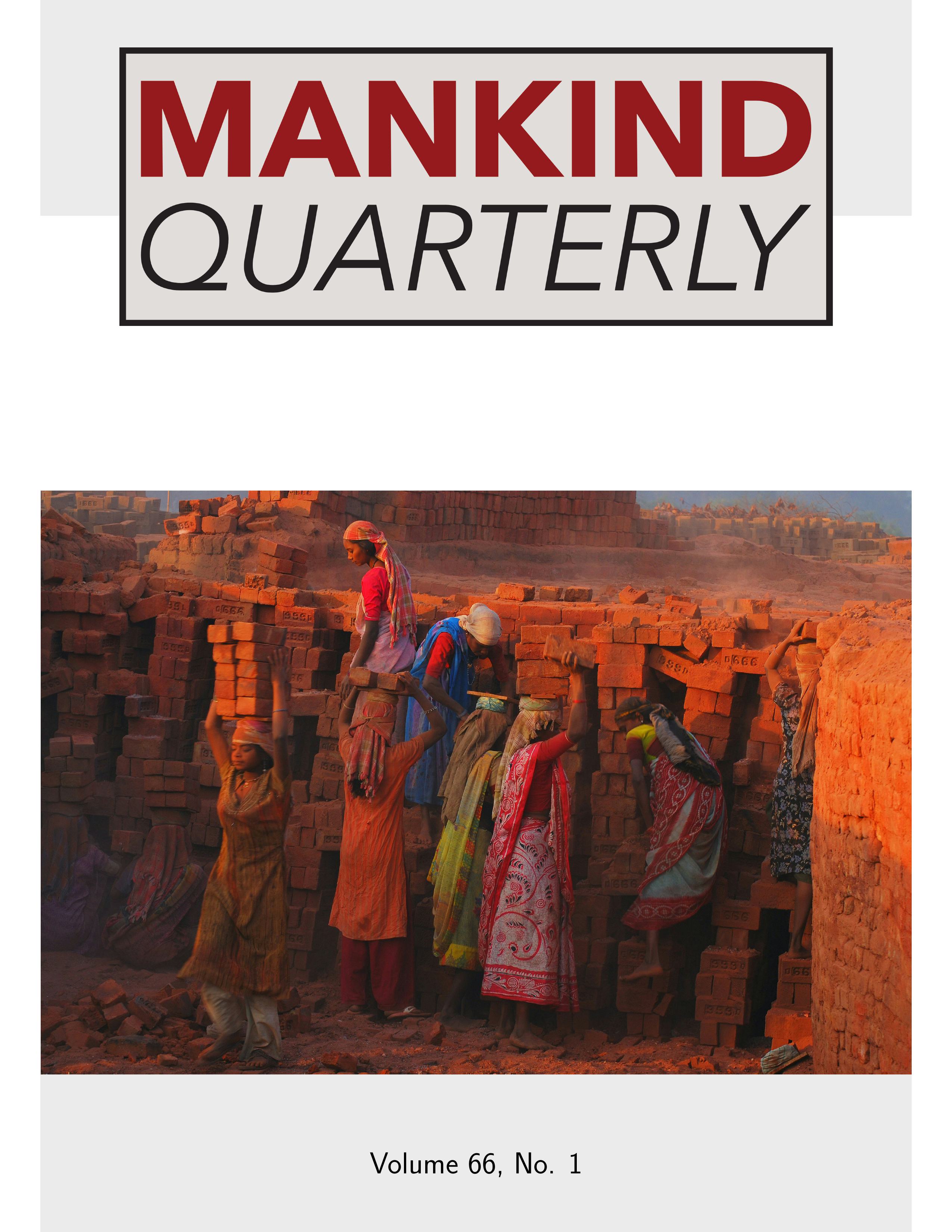Home > Archive > Volume 53, No. 1 > This paper
Gender, Sexual Orientation, and Occupational Interests: Evidence of Androgen Influences
Lee Ellis and and Malini Ratnasingam
Published: 2012/09/01
Abstract
Gender and sexual orientation are both associated with occupational interests. In general, the interests of homosexual males (relative to heterosexual males) resemble those of heterosexual females. To a lesser extent, homosexual females express occupational preferences gravitating toward those of heterosexual males rather than heterosexual females. The present study was undertaken to explore theoretical explanations for this three-variable relationship. Two theories were considered: social role theory and evolutionary neuroandrogenic (ENA) theory. While both theories lead to the expectation of gender differences in occupational interests, only ENA theory went on to predict that sexual orientation would also be associated with occupational interests. Evidence supporting these predictions was found, prompting us to test ENA theory more deeply by examining how various androgen-promoted physical traits – e.g., muscularity, physical strength, and low-deep voice – are related to occupational interests and sexual orientation. Again, consistent with theoretical expectations, in both males and females, most androgen-promoted physical traits were positively correlated with male-typical occupational interests and male-typical sexual orientation, especially for males. Overall, this study supports the view that testosterone and other androgens influence the relationships between, gender, sexual orientation, and occupational interests.
Download PDF
